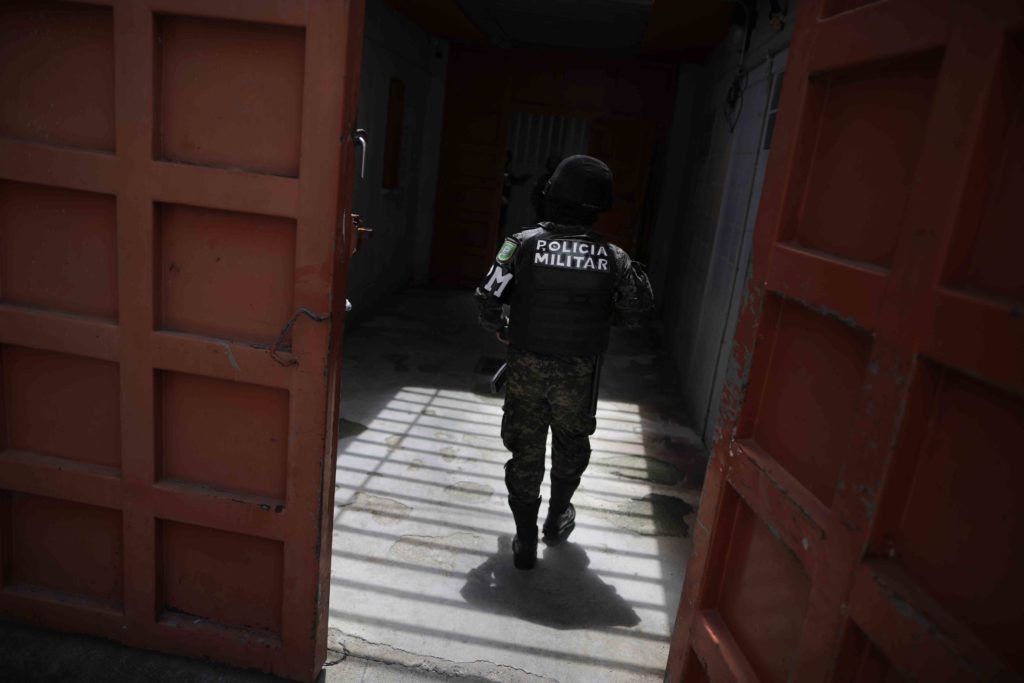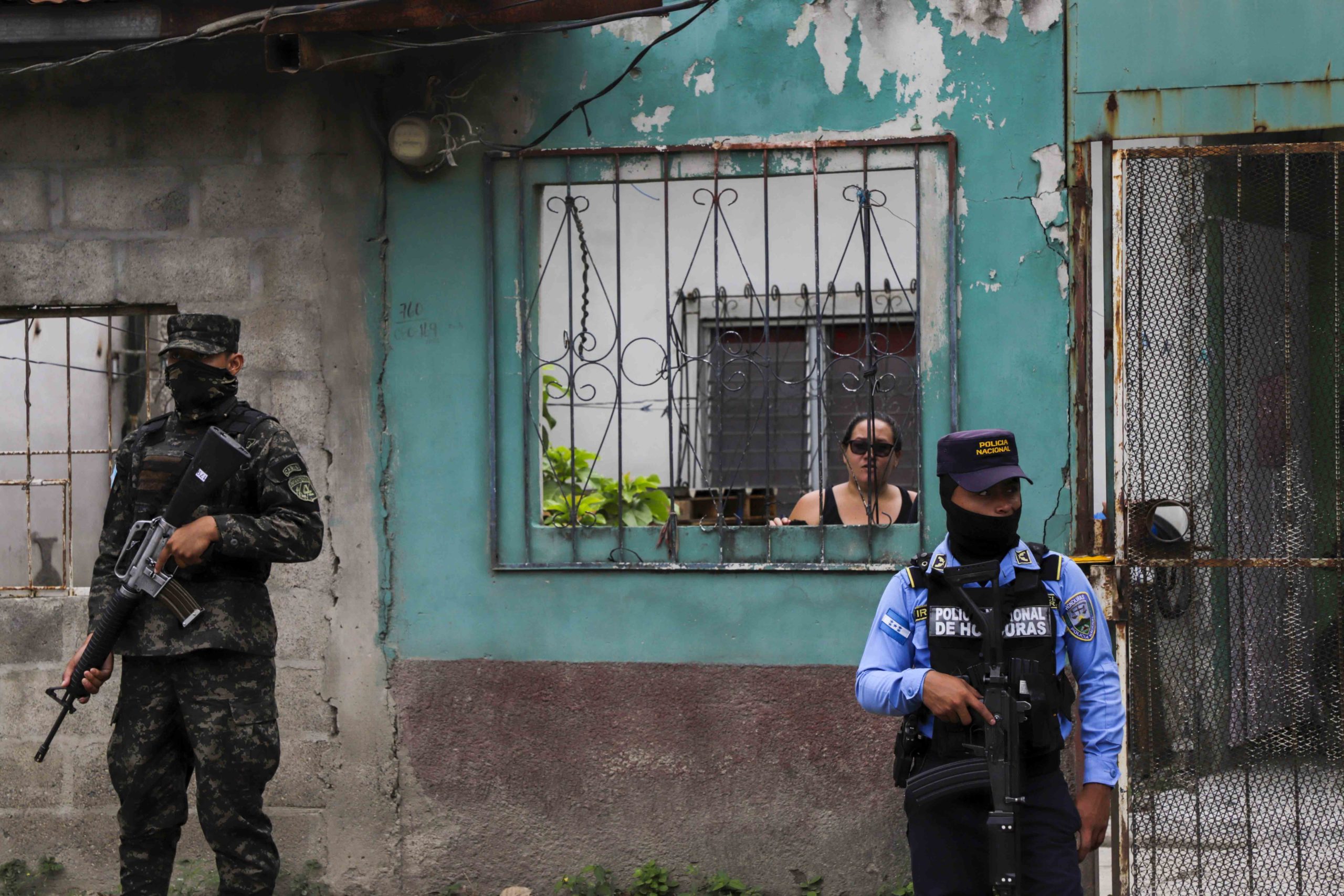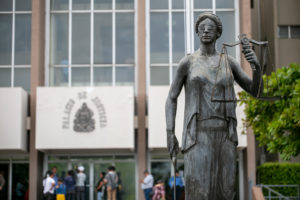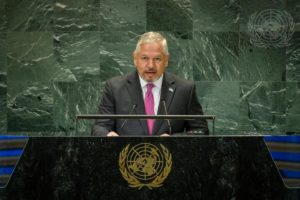The death of 46 inmates in The National Female Peninntenciary for Social Adaptation (PNFAS in Spanish), the murder of Ericka Julissa Bandy, in broad daylight in a bakery in San Pedro Sula, and the murder of 13 people in a pool hall in the Lopez Arellano sector in Choloma were the most shocking events of a week that registered more than a hundred homicides. This past week was one of the most violent weeks Honduras has experienced in recent years. President Xiomara Castro’s reaction was to militarize penitentiary centers and issue a curfew in the municipalities of San Pedro Sula and Choloma. Both actions are not well received by different groups of societies, such as local businessmen and family members of the prisoners. The Mayor of San Pedro Sula described the curfew as a shot in the arm for the country’s economy.
Text: Amílcar Izaguirre
Photography: Amílcar Izaguirre y Jorge cabrera
Translated by: Jorge Paz Reyes
The images of death and messages of terror began to invade the Honduran population through all the media on June 20, the day on which 46 prisoners died as a result of a brawl and a subsequent fire in the women’s prison, this event remains unsolved, but the immediate response of the government was to blame the Gang 18 for an armed attack and to militarize the prison system.
Two days later, the murder of Ericka Julissa Bandy, widow of the late drug trafficker Magdaleno Meza, was recorded on a security camera and her video was massively disseminated by the media and social networks, even the photograph of her naked and inert body circulated in WhatsApp chats.
Bandy’s blood was still fresh in the social networks when on June 24, 22 people were murdered, 13 of them in a massacre in Choloma, in northern Honduras, the rest in violent incidents in other parts of the country. There are still no investigations indicating that the events were related or that what happened in the women’s prison could have generated an earthquake of violence in the country, but some sources in the communities most vulnerable to violence, because they are controlled by gangs, warned this newspaper that what happened in the prison could have consequences on the street.
The failed intervention and the return of the military
With the suspension of Julissa Villanueva from the Commission for the Control of Prisons, which was barely two months old after six riots in different prisons, President Xiomara Castro gave way to the militarization of the penitentiary system, a recipe already known. Human rights organizations and relatives of prisoners have insisted that this is not a solution to the prison crisis. Dilma Ordoñez, president of the Association of Prisoners said in a Twitter Space organized by Contracorriente, that when the Armed Forces controlled the prisons in Honduras, there have been the most abuses, mistreatment, and torture.
On Monday, June 26, the Honduran Armed Forces carried out “Operation Faith and Hope”, according to them in order to guarantee security and order in the country’s prisons. In this operation, the Military Police of Public Order (PMOP), a military force created by former President Juan Orlando Hernández, took the prisoners out of the modules handcuffed with their hands tied behind their backs with plastic straps, in their underwear, barefoot and shirtless, in order to carry out a search. The PMOP found in the same place handmade explosives, an arsenal of 24 weapons including pistols, rifles of prohibited use, 6,500 projectiles of different calibers. The Minister of Defense, José Manuel Zelaya Rosales, nephew of the former president of the same name, published images similar to those made popular worldwide by the president of El Salvador, Nayib Bukele, in the prisons of his country.
The gates, the padlock, and the curfew
The latest “iron fist” measure of President Castro’s government has been to decree special measures in San Pedro Sula and Choloma. The new Minister of Security, who was previously the director of the police, Gustavo Sanchez, went to the north of the country to promote “Operation Padlock” in which he assigned 500 police, 400 soldiers and 100 additional members of the Military Police of Public Order (PMOP) to the area. He also said that he has 100 vehicles and two helicopters. The curfew began in Choloma on Sunday, June 25 from 9:00 p.m. to 4:00 a.m. and the same measure will be applied in San Pedro Sula, starting July 4, after the end of the festivities of their patron saint fair.
On Tuesday afternoon, the Minister of Security met with businessmen from the Chamber of Commerce and Industries of Cortes (CCIC), to discuss the curfew and seek strategies so that this measure does not affect the economy of the northern zone. The mayor of San Pedro Sula, Roberto Contreras, said in a video that “closing San Pedro Sula in a state of siege was the coup de grace to the country’s economy” and recommended applying this measure only in places where there are outbreaks of violence.
As part of Operation Candado, the National Police captured Jerson Javier Carías Molina, alias “Baby Face” José Andrez Hernandez Gutierrez, alias “Baby Skinny” Javier Antonio Colindres Hernández, alias “El Eficaz”, and “Little Cabeza”, who according to the Anti Maras and Gangs Police Directorate (DIPAMPCO), are the leaders of the gang 18 in La Lima, in the north of Honduras and the alleged perpetrators of the massacre in Choloma.
The government has mainly exposed the 18 gang as responsible for the latest violence in the country, but has also declared “war” on the Mara Salvatrucha, the two gangs that dominate crime in the streets of Honduras. However, in places like the Rivera Hernandez sector in San Pedro Sula, there are several gangs and gangs operating, which in turn respond to various organized crime groups.
Last Tuesday police and military showed up in the Rivera Hernández neighborhood, where there were only 40 police officers during the state of emergency, to break down thirteen gates built, according to Minister Gustavo Sanchez, by the criminal group “Los Tercereños” who charged 400 lempiras to 500 households as a form of extortion in exchange for supposed security. The Rivera Hernández sector is made up of some 55 neighborhoods and colonies. In a report published on May 4 by Contracorriente, authorities and neighbors mentioned the existence of six criminal groups that fight over the territory to sell drugs and extort the residents of these neighborhoods.
“The police have always been able and have always wanted to” effectively fight crime, said Sanchez when told of the problems that have long been evident to the authorities. However, the perception of the people is not the same, a merchant of dairy products in Rivera Hernandez, said upon seeing the demolition of the gates: “this is pure show, it is useless to come for a while if then they leave, here what remains is to learn to live with these groups,” he said as he watched from his business to Minister Gustavo Sanchez, who stopped to eat baleadas in a business located on the main street of the Rivera Hernandez neighborhood.

